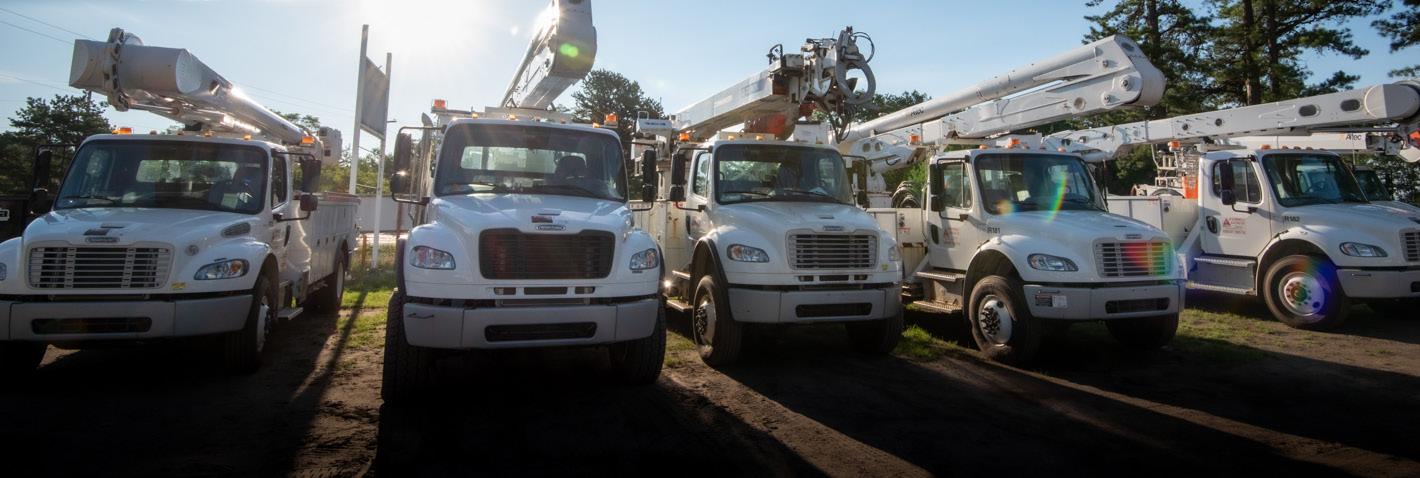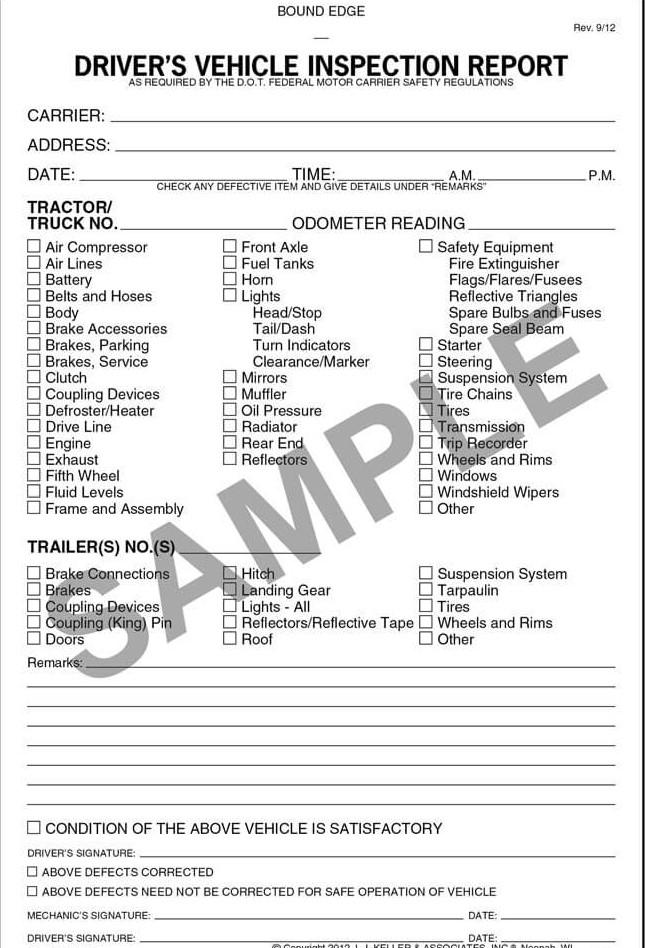
2 minute read
Importance of DVIR
IMPORTANCE OF DAILY VEHICLE INSPECTION REPORT
By DeAnna Darling, Fleet Compliance Assistant
Advertisement
The Daily Vehicle Inspection Report, or DVIR, is exactly what it sounds like: A daily inspection of a Commercial Motor Vehicle (CMV) before and after it is used – in more technical terms, a Pre and Post Trip Inspection. A CMV is any vehicle used on a highway for commerce that weighs 10,001 pounds or more or has a combination weight (truck and trailer) of over 10,001 pounds, transports hazardous materials, or transports more than 15 passengers. The report itself is a form that includes an itemized list of check points related to multiple systems including but not limited to the brake and air system, steering mechanism, lights and reflectors, tires and rims, windshield and wipers, mirrors, coupling equipment, and safety and emergency equipment. If a defect is observed, it must be marked on the report. If the defect is serious enough to interfere with immediate safe operation of the vehicle, it must be tagged as “Out of Service” and repaired before use. Once repaired, the report must be signed off by the driver or repairing facility. The completed reports must include the carrier’s name and address, the vehicle/equipment number, date, mileage, and the driver’s signature. They must ultimately be returned to the Fleet Compliance Department in Victor to be monitored for completion and stored onsite for three months before they can be disposed. While O’Connell Electric recommends daily inspections on all vehicles and equipment, both commercial and non-commercial, the Daily Vehicle Inspection Reports are a legal requirement for CMVs, not simply corporate best practices. The Federal Motor Carrier Safety Administration (FMCSA) has outlined strict guidelines for motor carriers to adhere to which aim to improve safe travel on our roadways. One checkpoint that is not on a written DVIR but will be a hefty violation is: Does the driver have the proper qualification to operate this vehicle or combination load? Each state’s Department of Transportation audits carrier compliance by setting up random DOT inspection stations which can involve an inspection of the driver, vehicle, or both. These DOT inspection stations are mandatory to pull through even though the driver might not be flagged to stop for an inspection. If a driver continues on a highway without first entering the inspection station, he or she will receive a ticket on their personal driving record and the motor carrier will receive a DOT violation. Typically, a daily vehicle inspection will catch a potential DOT violation and creates a culture of preventative maintenance – repairing before a unit fails, as opposed to reactive maintenance – repairing a unit after failure. Many, if not all, violations could be prevented with a thorough daily vehicle inspection. Small defects such as lights not working, tires not properly inflated, and poor windshield wipers can be resolved before or after a trip depending on when it is observed. What seems like a small problem one day can turn into a bigger, more expensive problem in just a few days’ time. By performing daily vehicle inspections, our drivers are not only completing a legal obligation, but are minimizing exposure on the roadway, reducing avoidable repair expenses and participating in O’Connell's culture of safety.

Pictured above is the form OCE and other companies use to complete their Daily Vehicle Inspection Reports.










